
Local authorities and emergency services often face the challenge of effectively managing catastrophic events such as earthquakes and tsunamis. An EU initiative is looking into crisis management solutions that will save more lives while reducing the cost of disasters.
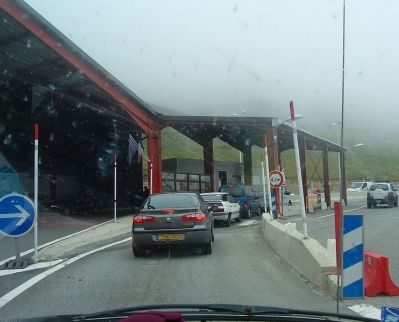
Border security is one of Europe's key security challenges. Developing practical ways to detect hidden persons and illegal substances at borders is instrumental in avoiding terrorism.

The EU is working to develop a more capable and efficient strategy for combating terrorism as threats rise in urban areas. The ultimate TACTICS system will mitigate civilian risk and enhance counterterrorism efforts at the local, national and regional levels.
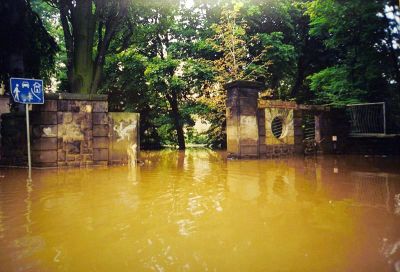
An EU project developed an inflatable dam to hold back flood waters. Results from the testing of three prototypes successfully demonstrated the principle of the automatic and portable device as a flood protection tool.
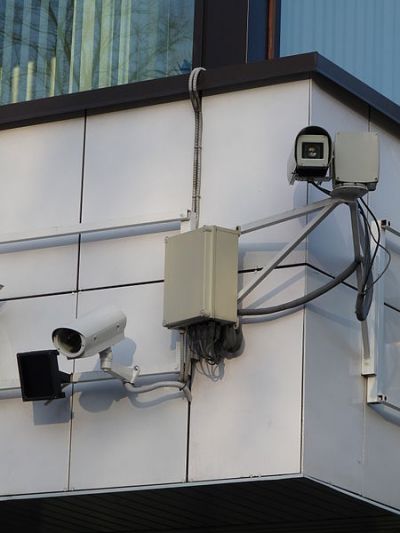
Advanced tools are being proposed to find the right balance between privacy and security. Policymakers and law enforcement agencies could help in the drive to achieve this goal.

The rise in deliberate threats against Europe and its citizens necessitates the widespread use of public surveillance cameras and other monitoring tools. An EU initiative developed cutting-edge automatic detection technology to better protect people, as well as public and private property.

A novel suite of high-tech systems promises to make flying less stressful for cockpit crews, taking safety in the aviation sector yet another step higher.

An EU initiative is looking to make flying even safer by enhancing the certification of new safety systems and air traffic operations.

The spatial distribution of seismic rupture during megathrust earthquakes is primarily governed by structural factors. An EU study analysed different subduction zones to document structural variations that may impact on seismic rupture during megathrust earthquakes.
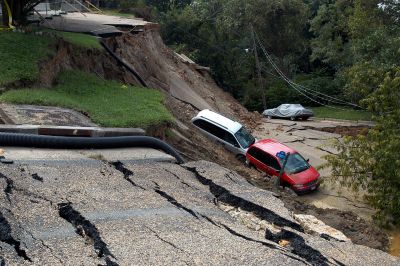
Whether triggered by human or natural causes, landslides can have a substantial impact on society, leading to significant social and economic consequences. The resulting damage can lead to crises, such as when transportation networks are disrupted and affect the ability to promptly respond.
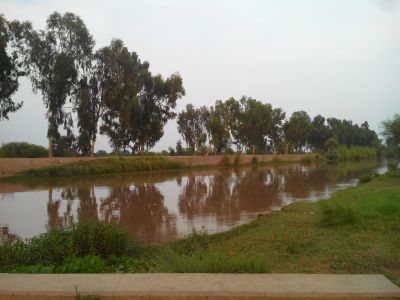
Natural disasters keep intensifying in Europe. EU scientists are developing state-of-the-art mapping tools to better prepare and mitigate the impact of such extreme phenomena.

Forewarned is forearmed for the FP7 funded INCREO project, which seeks to mitigate and prepare for disasters through risk and vulnerability mapping.
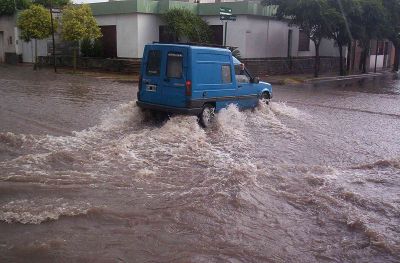
Europeans not only directly benefit from EU-funded flood prevention initiatives, but can also be integral to their success. An excellent example of this is the ongoing WESENSEIT project, which aims to rely on citizens to monitor and report on their own environment.

Crisis situations such as an EU-wide black-out, or cross-border flooding in the Netherlands and Germany, say, can have devastating repercussions. Those involved in crisis prevention describe the unforeseen chain of events that can occur after such events as cascade effects. A well-known example of such an effect is the meltdown of Fukushima’s nuclear reactors in Japan, after the power plant was hit by a tsunami, which in turn was triggered by an earthquake.













